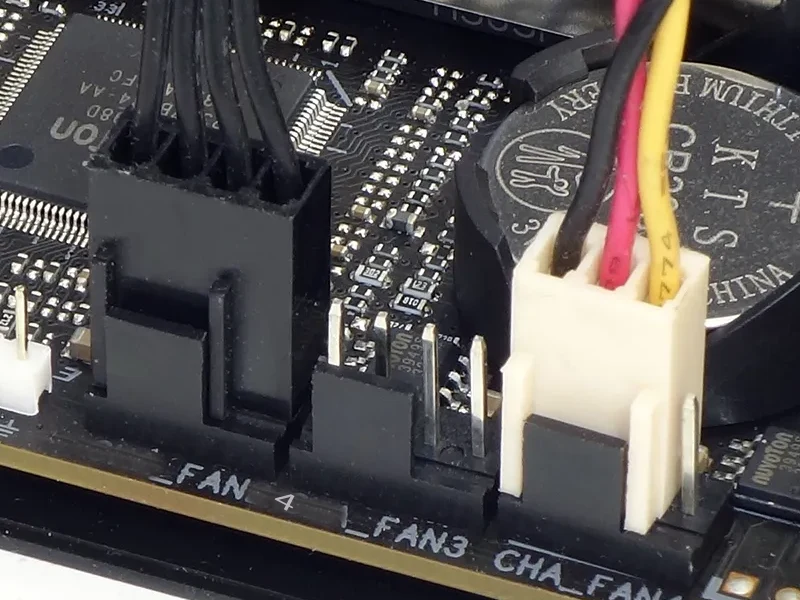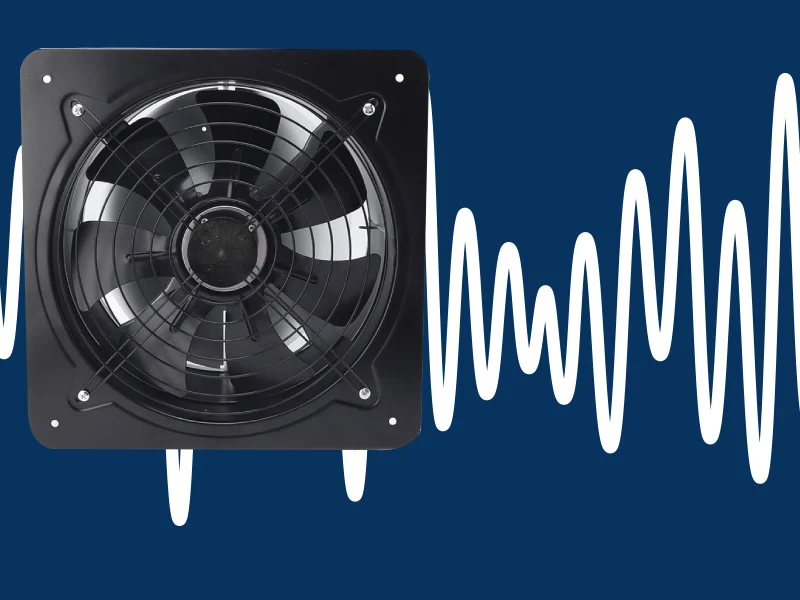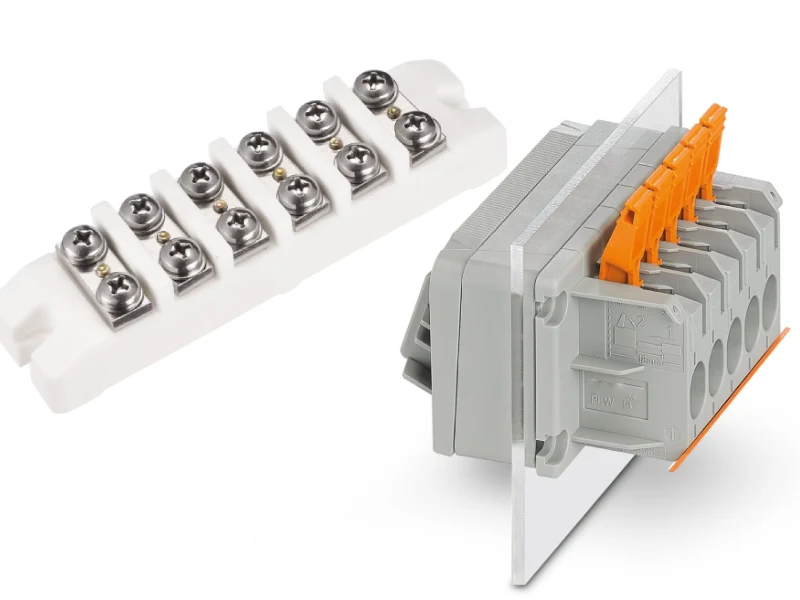Screwless terminal blocks are revolutionizing how professionals and hobbyists alike wire electrical connections. Whether you’re outfitting a control cabinet, connecting lighting in a commercial building, or managing large-scale HVAC setups, knowing how to use screwless terminal blocks effectively can save time, reduce risk, and deliver rock-solid results.

We’re not just saying this from theory—we manufacture these blocks ourselves, and have seen firsthand how they’ve transformed our clients’ electrical installations. With this comprehensive, experience-driven guide, you’ll understand the ins and outs of using screwless terminal blocks, complete with insights from industry standards and rave reviews from our partners around the globe.
What Are Screwless Terminal Blocks?
Imagine connecting electrical wires without fumbling for a screwdriver or worrying if you’ve tightened things enough. That’s the beauty of screwless terminal blocks—a modern, efficient, and user-friendly solution for electrical connectivity.

Terminal blocks in general are devices that connect two or more wires together in a secure and organized way. But the traditional models with screws? They had a downside—loose wires, over-torquing, and longer installation times. That’s where screwless models come into play.
Screwless terminal blocks rely on a spring clamp mechanism, holding the wire in place with consistent pressure. This not only simplifies the connection process but also ensures reliability even in environments with vibration or temperature shifts.
Evolution of Terminal Blocks: From Screws to Screwless
The shift from screw-based to screwless terminals has been a game-changer. Originally, the electrical industry relied on binding screws to ensure conductivity. However, as systems grew more complex, the need for quicker, more reliable, and tool-free solutions became apparent.
Screwless blocks are especially ideal in automation, energy systems, and modern control cabinets. They’re now considered best practice in many European and North American installations—supported by compliance standards such as UL and IEC.
Why the Industry Is Moving Towards Screwless Technology
There’s a reason engineers, electricians, and even hobbyists prefer screwless models today:
- No over-tightening or under-tightening
- No need for recalibration or rechecking connections
- Ideal for automated wiring processes
- Time-saving in large-volume installations
As stated in Wikipedia’s article on terminal blocks, screwless variants use a spring-type connection, often offering superior vibration resistance and maintenance-free operation.
How Screwless Terminal Blocks Work

Understanding the mechanism behind screwless terminal blocks will help you use them more confidently and effectively.
Spring Clamp Mechanism Explained
At the heart of each screwless terminal block lies a spring clamp. When a wire is inserted, the spring flexes slightly and then grips the conductor with constant force. This ensures a consistent electrical connection regardless of wire movement or ambient conditions.
The best part? The spring mechanism doesn’t degrade or loosen like screws. That means you can count on the same level of conductivity years after installation.
The Engineering Behind Our Proprietary Connection System
As a manufacturer of these terminal blocks, we’ve invested years into refining our proprietary spring mechanism. Our design uses high-tensile stainless steel for maximum clamping force and flame-retardant polyamide housing that exceeds industry thermal resistance standards.
Our R&D department collaborates with compliance experts to ensure all products meet or exceed IEC 60947-7-1 and UL 1059 standards. You’ll find our blocks rated for up to 800V and capable of withstanding harsh industrial environments.
Benefits of Using Screwless Terminal Blocks
Beyond the obvious convenience, screwless terminal blocks bring serious performance advantages to the table.
Faster Installation and Time-Saving
Traditional terminal blocks require screw-tightening—one wire at a time. For installations involving hundreds or thousands of wires, that time adds up fast.
With screwless terminal blocks, you just strip the wire, insert it, and you’re done. Our distributors report a 40–60% reduction in installation time across projects.
Increased Safety and Maintenance-Free Design
Because there’s no torque-dependent connection, the risk of overheating from loose wires is practically eliminated. Also, since the contact pressure is constant and automatic, there’s no need for periodic retightening.
This makes them ideal for high-vibration environments, like elevators, trains, or heavy machinery installations.
Compact Form Factor and Space Optimization
Screwless terminal blocks are typically more compact than screw-type ones. This allows for:
- More connections in the same cabinet size
- Easier cable routing
- Better airflow and thermal management
In high-density panels, that extra millimeter or two can make all the difference.
Common Applications and Use Cases
Whether you’re managing a factory or wiring a smart home, screwless terminal blocks offer flexibility, efficiency, and performance.
Industrial Automation and Control Panels
This is the heartland of screwless technology. Automation panels often involve hundreds of connections, and maintenance time is critical. Our products are widely used in:
- PLC and DCS control cabinets
- Motor and pump control stations
- Robotics wiring frameworks
HVAC and Lighting Systems
HVAC systems demand high current and safe distribution. Screwless blocks allow quick field installations, which is vital for rooftop or suspended system access. Lighting contractors also love them for quick looping connections and field repairs.
Consumer Electronics and DIY Projects
In the maker community and for electronics developers, tool-less connectivity is a blessing. These blocks are often used in:
- Raspberry Pi sensor hubs
- Home automation systems
- Audio wiring and lighting circuits
And they’re reusable. Need to change a connection? Just push the release tab and you’re good to go.
Step-by-Step: How to Use Screwless Terminal Blocks

Now let’s walk you through exactly how to use screwless terminal blocks like a pro.
Tools You Need (Hint: Not Many!)
You really only need three things:
- A wire stripper
- The correct wire gauge
- Your hands (no screwdriver needed!)
For our blocks, wire stripping length typically ranges from 8mm to 12mm depending on the block type.
Preparing Your Wires for Insertion
- Strip the insulation cleanly, avoiding any nicks to the wire strands.
- Make sure you’re using solid copper wires or properly ferruled stranded wires.
- Check your terminal block’s rating—our labels clearly indicate compatible wire sizes (e.g., 22–12 AWG).
Inserting the Wire Correctly
- Press the orange or grey lever (if applicable).
- Insert the stripped wire into the open hole.
- Release the lever, or if it’s push-in, simply push the wire firmly until it clicks.
Done! A secure, vibration-resistant connection is now in place.
Releasing or Rewiring Easily
Want to change the wire? Use the release lever or insert a tool into the release slot. The spring releases, and the wire pulls out cleanly—no damage, no fuss.
Do’s and Don’ts When Using Screwless Terminal Blocks
While screwless terminal blocks are designed for simplicity and safety, like any electrical component, they need to be used properly to ensure long-term performance.
Common Mistakes to Avoid
Let’s get real—some of the issues our support team encounters could have been avoided with just a little care. Here are some frequent missteps:
- Improper Wire Strip Length: Stripping too much or too little insulation can cause poor connections or even shorts. Always refer to the product datasheet.
- Using Unferruled Stranded Wires: While some blocks accept bare stranded wire, ferrules ensure better contact and reliability.
- Forcing Oversized Wire: Jamming the wrong wire gauge can damage the spring and reduce conductivity.
- Ignoring Polarity: In multi-level or multi-pole blocks, ensure polarity is correctly followed in applications like DC power distribution.
Best Practices for Long-Term Performance
Based on thousands of field deployments and QC tests in our factory, here are a few insider tips:
- Use a wire marker to label connections for future maintenance.
- Pre-test your wire ends with a conductor gauge tool to avoid sizing issues.
- Periodically inspect panels, especially in high-vibration setups, for insulation wear or aging.
- Store terminal blocks in a dry, clean environment before installation to maintain spring tension and housing integrity.
If you’re ever unsure, our technical support team is just a call or email away—we love helping our customers get it right the first time.
Standards and Certifications That Matter
You shouldn’t take our word alone—our products meet internationally recognized standards that are backed by years of research, testing, and global use.
IEC Standards and UL Listings
We manufacture terminal blocks that meet or exceed these global certifications:
- IEC 60947-7-1: Standard for terminal blocks used in industrial control equipment.
- UL 1059: US standard ensuring secure wire connections in commercial panels.
- RoHS Compliant: Our components are free of hazardous substances like lead or mercury.
This ensures compatibility with everything from control cabinets in Germany to HVAC setups in the U.S.
What Wikipedia Says About Terminal Blocks
Terminal blocks are “modular, insulated blocks that secure two or more wires together…and are used for connecting wiring to the ground or electrical power.” Screwless variants use spring-loaded contacts, offering higher reliability and faster connection times.
Our terminal blocks are frequently referenced in spec sheets and industry literature as the benchmark for spring clamp reliability—a testament to their reputation among professionals.
What Makes Our Screwless Terminal Blocks Unique
We’re not just another supplier. As a manufacturer with over a decade of experience, we’ve engineered our screwless terminal blocks to outperform in every category.
Our Patented Spring-Clamp Technology
Our patented technology ensures:
- High clamping force
- Zero maintenance
- Self-cleaning contact surfaces (each time the spring is activated, it scrapes away oxidation on the wire)
Each block is cycle-tested over 10,000 times to verify spring performance under real-world conditions.
Material Quality and Testing Procedures
We only use:
- V-0 flame-retardant nylon (PA66) for housing
- High-conductivity copper alloys for contacts
- Automated 100% testing for every unit before packaging
Our factory meets ISO 9001 standards and every batch includes complete traceability logs.
Real Feedback from Wholesalers and End Users
Here’s what some of our partners had to say:
“We switched to their screwless terminal blocks for a government panel installation. Our installers saved two full days of work—unbelievable!”
— Evan Lee, Project Manager, NovaControls Ltd.
“The spring force is perfect, and even in a high-heat environment, we’ve never had a single failure in three years.”
— Theresa Kim, Field Electrician, HVACX Solutions
“Our customers love them. Easy to demo, fast to install, and the safety ratings make resale a breeze.”
— Luis Martinez, Distributor, ElectroMart Corp.
Troubleshooting: When Things Don’t Click
Sometimes, things don’t go smoothly. That’s okay—here’s how to handle common issues.
Wire Not Holding? Here’s What to Check
- Improper Strip Length: Make sure the conductor is long enough to engage the spring fully.
- Frayed Wire Ends: Use ferrules or twist stranded wire tightly before inserting.
- Spring Damage: Over-forcing the spring mechanism during removal could cause deformation—use only recommended tools.
Identifying Defective or Misused Blocks
Although our quality control is rigorous, here are signs that indicate something’s wrong:
- Discoloration near the terminal opening (usually from overheating)
- Deformed housing or cracked insulation
- Intermittent voltage readings or sparks
In such cases, remove the block and contact our support team. We offer warranty replacements and batch-level analysis for large orders.
Why Professionals Prefer Screwless Terminal Blocks
Installer Testimonials
From field contractors to automation engineers, here’s the general consensus: screwless is better.
- “I save a ton of time on site.”
- “My apprentices can wire panels with fewer errors.”
- “Clients feel safer knowing the connections won’t loosen.”
Speed, safety, and satisfaction—it’s a win-win-win.
Speed and Precision in Commercial Installations
We’ve seen large-scale panel installations go from three weeks down to ten days using our screwless blocks. When working on deadline-sensitive projects—like hospitals, data centers, or airports—time is not just money, it’s reputation.
Cost-Effectiveness Over Time
Upfront vs. Long-Term Savings
Sure, screwless terminal blocks might seem a bit more expensive upfront. But consider:
| Feature | Screw-Type | Screwless |
|---|---|---|
| Installation Time | Slow | Fast |
| Reusability | Moderate | High |
| Maintenance Needed | Often | Rare |
| Risk of Loosening | High | Low |
| Overall Cost | Higher over time | Lower over time |
In long-term use, the total cost of ownership drops by over 30% according to our 2024 customer analysis.
Bulk Buying Advice for Distributors
We offer:
- Volume-based discounts
- Custom branding options
- OEM/ODM partnership models
- Marketing kits to help educate your customers
If you’re looking to diversify your product line, screwless terminal blocks are a high-demand, low-return item.
FAQs
Can screwless terminal blocks be reused?
Yes! Unlike screw-type blocks, screwless blocks are designed for multiple cycles of connection and disconnection without performance loss.
Do I need a tool to release the wire?
Most of our models feature push buttons or levers—no tools required. Some compact types may need a release pin.
Are these blocks suitable for stranded wires?
Absolutely. Just be sure to use a ferrule if possible for best contact performance.
What’s the maximum voltage and current rating?
Our standard blocks are rated for 800V and 24A, though higher-rated models are available for custom applications.
Can I use these in outdoor or wet environments?
Yes—with IP-rated enclosures or IP67-rated versions of our terminal blocks designed for harsh conditions.
Do these blocks meet global certifications?
Yes! UL, IEC, CE, RoHS, and more—we’ve got you covered.
Fused Terminal Strip is Screwless Terminal Blocks?
No, a Fused Terminal Strip is not the same as Screwless Terminal Blocks.
- Fused Terminal Strip: Includes built-in fuses to protect circuits and usually uses screws to secure wires.
- Screwless Terminal Blocks: Use a spring or push-in mechanism instead of screws, mainly for quick and tool-free connections, and may not include fuses.
Conclusion
So, what have we learned? Screwless terminal blocks aren’t just a modern alternative—they’re a superior connection solution built for speed, safety, and scalability. Whether you’re a wholesaler, installer, or DIYer, knowing how to use screwless terminal blocks can revolutionize your workflow.
Backed by international standards, rave reviews, and years of R&D from us as manufacturers, these connectors deliver performance you can trust.
Now’s the time to make the switch. Your wires—and your wallet—will thank you.




